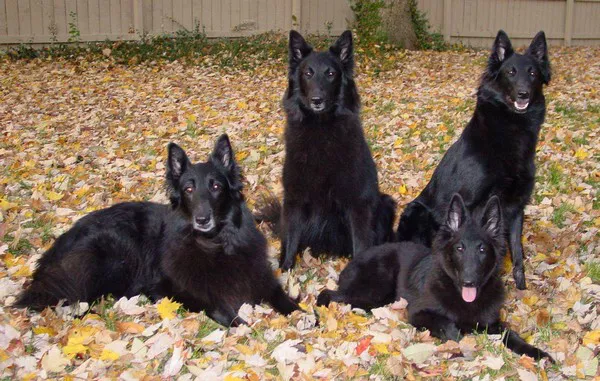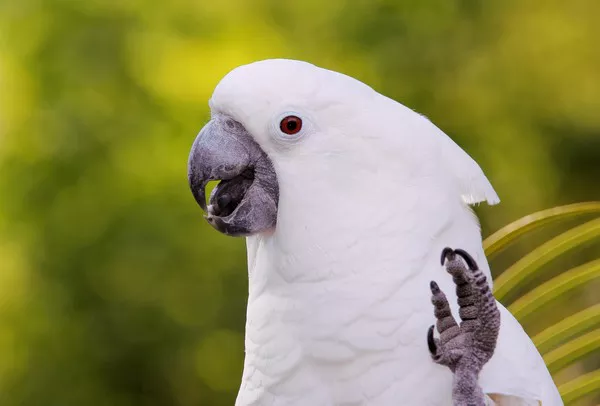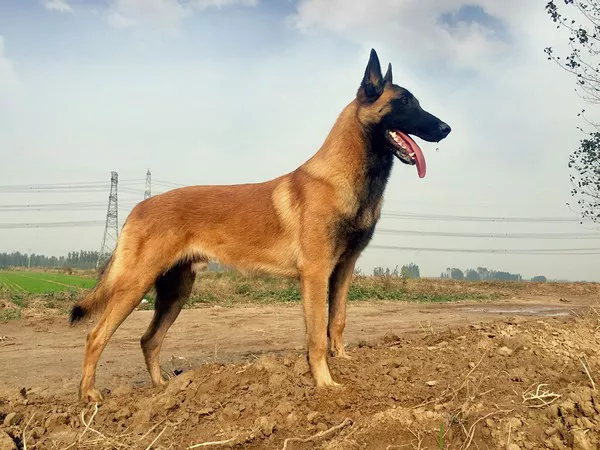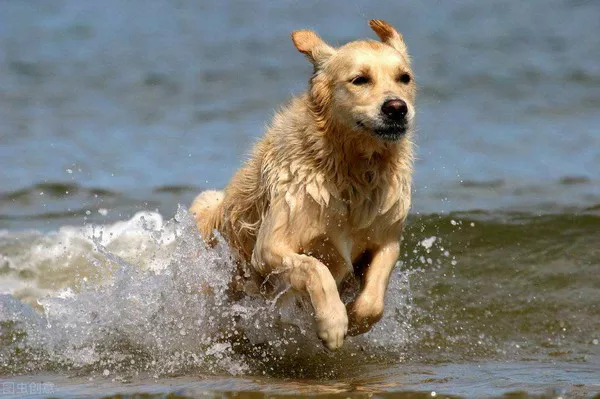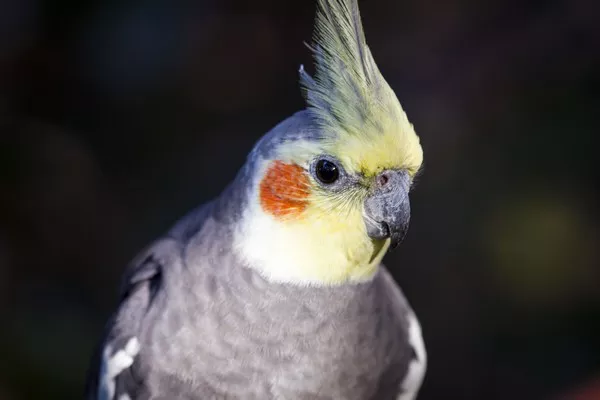The Alaskan Klee Kai is a relatively new breed of dog, often mistaken for a miniature version of the Siberian Husky. They have a striking appearance with their wolf-like features, compact size, and energetic personality, making them an appealing choice for many dog lovers. However, like all breeds, Alaskan Klee Kai are not immune to health issues, and prospective owners should be well-informed about the common health problems that can affect this breed. In this article, we will take an in-depth look at the health of the Alaskan Klee Kai, explore common health issues, and provide advice on how to maintain their well-being.
What is an Alaskan Klee Kai?
Before delving into health concerns, it is important to first understand what an Alaskan Klee Kai is and what sets it apart from other dog breeds. The Alaskan Klee Kai was developed in the 1970s by Linda Spurlin in Alaska, who sought to create a smaller version of the Siberian Husky. The breed was recognized by the American Kennel Club (AKC) in 2021 and remains a popular choice for people who want a Husky-like dog but without the size.
These dogs come in three size variations: Toy, Miniature, and Standard. While the Toy Klee Kai stands around 13 to 15 inches tall, the Standard size is between 15 and 17 inches, and the Miniature Klee Kai falls in between. They have a thick double coat, erect ears, and striking blue or multi-colored eyes. Their personalities are energetic, intelligent, and independent, yet they can also be loving and affectionate with their families.
Common Traits of the Alaskan Klee Kai
Size: The breed comes in three size categories: Toy, Miniature, and Standard.
Coat: They have a thick, dense double coat that requires regular grooming.
Temperament: These dogs are highly energetic, intelligent, and sometimes a little stubborn, but they are very loyal.
Exercise Needs: Alaskan Klee Kai are highly active and require daily exercise to stay happy and healthy.
Despite their relatively new status as a breed, the Alaskan Klee Kai has quickly gained popularity, but like many purebred dogs, they can be prone to specific health problems.
Health Concerns in Alaskan Klee Kai
While Alaskan Klee Kai are generally healthy dogs, they can experience certain genetic conditions and health problems that owners should be aware of. Knowing these potential issues can help in early detection and preventive care, ensuring that your dog remains as healthy as possible. Below are some of the common health issues that affect the Alaskan Klee Kai.
1. Patellar Luxation (Knee Problems)
Patellar luxation is a condition in which the kneecap (patella) dislocates or moves out of its normal position. This condition is common in small dog breeds, including the Alaskan Klee Kai. When the patella dislocates, it causes lameness and pain. In severe cases, surgery may be required to realign the kneecap and prevent further damage to the joint.
Symptoms of Patellar Luxation:
- Lameness or limping on one leg
- The dog may suddenly hold up one leg while walking
- Difficulty in jumping or running
- Knee instability or pain when touched
While some dogs with patellar luxation may not experience significant discomfort, others may develop arthritis or other complications if left untreated. It’s important to keep an eye on your dog’s movement and consult with a veterinarian if you suspect knee problems.
2. Hip Dysplasia
Hip dysplasia is a genetic condition where the hip joint doesn’t develop properly, leading to instability and, over time, arthritis. Though more common in larger dog breeds, hip dysplasia can also affect smaller breeds like the Alaskan Klee Kai. Symptoms of hip dysplasia can vary from mild to severe, with some dogs showing no signs until they develop arthritis in their joints.
Symptoms of Hip Dysplasia:
- Difficulty standing up or walking
- Lameness in the back legs
- Swelling or discomfort around the hips
- Reduced range of motion in the hip joints
- A “bunny hop” when running
Regular exercise and maintaining a healthy weight can help manage the symptoms of hip dysplasia. In severe cases, surgical intervention, such as hip replacement or other corrective surgeries, may be necessary.
3. Progressive Retinal Atrophy (PRA)
Progressive Retinal Atrophy (PRA) is an inherited condition that causes the degeneration of the retina, the light-sensitive tissue at the back of the eye. Over time, the condition leads to blindness. PRA affects many breeds, including the Alaskan Klee Kai. This condition typically progresses slowly, and symptoms may not be noticeable until the dog is middle-aged.
Symptoms of PRA:
- Night blindness (difficulty seeing in low light)
- Bumping into objects, especially in dimly lit areas
- A lack of responsiveness to visual stimuli
- Dilated pupils and cloudy eyes
There is no cure for PRA, but early detection can help owners adjust their pet’s environment to make it easier for them to navigate. Regular eye exams by a veterinarian can help detect this condition early, and genetic testing can be done to determine if a dog carries the gene for PRA.
4. Hypothyroidism
Hypothyroidism is a condition in which the thyroid gland doesn’t produce enough thyroid hormone, leading to a slowing of the body’s metabolism. This can affect an Alaskan Klee Kai’s overall health and energy levels. Hypothyroidism is relatively common in dogs and can lead to a variety of symptoms.
Symptoms of Hypothyroidism:
- Weight gain despite a normal or decreased appetite
- Lethargy or sluggishness
- Hair loss, especially on the tail or back
- Dry, flaky skin
- Cold intolerance (seeking warm places or shivering)
Hypothyroidism is typically diagnosed through blood tests and can be managed with daily medication that replaces the missing thyroid hormones. Once the dog starts treatment, they often experience a marked improvement in energy levels and coat condition.
5. Epilepsy and Seizures
Epilepsy is a neurological disorder that causes recurrent seizures, which can be frightening for both the dog and the owner. Although it is not as common in Alaskan Klee Kai as in some other breeds, it can still affect them. Seizures can vary in severity, and their causes can range from genetic factors to brain injury or infections.
Symptoms of Seizures:
- Jerking or convulsions
- Loss of consciousness
- Drooling or foaming at the mouth
- Staring into space or sudden changes in behavior
If your Alaskan Klee Kai experiences seizures, it is important to contact a veterinarian immediately. Treatment options include medication to control the seizures and steps to prevent further episodes. In many cases, dogs with epilepsy can live normal, healthy lives with proper management.
6. Dental Problems
Like many small breeds, Alaskan Klee Kai can be prone to dental issues, including gum disease, plaque buildup, and tooth decay. Dental problems can lead to pain, tooth loss, and more severe health issues if left untreated. Brushing your dog’s teeth regularly and scheduling professional cleanings can help prevent dental problems.
Symptoms of Dental Issues:
- Bad breath
- Red or swollen gums
- Difficulty eating or chewing
- Loose or missing teeth
Routine dental care is essential to prevent these problems. A vet can offer advice on the best dental practices, and regular checkups can identify any developing issues early.
7. Allergies
Alaskan Klee Kai can develop allergies to food, pollen, or environmental factors. Allergies are often caused by the immune system reacting to otherwise harmless substances, leading to discomfort and inflammation. Common signs of allergies in dogs include itching, skin irritation, ear infections, and digestive issues.
Symptoms of Allergies:
- Itchy or inflamed skin
- Red, watery eyes
- Chronic ear infections
- Vomiting or diarrhea
If your Alaskan Klee Kai shows signs of allergies, it’s important to identify the cause and address it. A veterinarian can help diagnose allergies through tests and recommend treatments such as antihistamines, dietary changes, or special shampoos to soothe the skin.
8. Obesity
Obesity is an ever-growing concern in pets, including the Alaskan Klee Kai. Although the breed is naturally lean, overfeeding or lack of exercise can lead to obesity, which increases the risk of other health problems, such as joint issues, heart disease, and diabetes.
Symptoms of Obesity:
- Excessive weight gain
- Difficulty breathing or panting
- Lack of interest in physical activity
- A noticeable decrease in energy
Maintaining a healthy diet and ensuring your dog gets enough exercise is essential in preventing obesity. Portion control and regular vet check-ups can help keep your Alaskan Klee Kai at an optimal weight.
Preventive Measures for a Healthy Alaskan Klee Kai
While genetic health issues cannot always be avoided, there are many ways to minimize the risks and keep your Alaskan Klee Kai in good health:
Regular Vet Checkups: Regular visits to the vet are crucial for early detection of potential health problems. These visits also include routine vaccinations, flea and tick prevention, and health screenings.
Proper Diet: Feeding your dog a balanced diet is key to their overall health. Choose high-quality dog food, and consult your vet to ensure that the food meets your dog’s nutritional needs.
Exercise and Mental Stimulation: Alaskan Klee Kai are energetic dogs that require regular physical exercise. Provide them with ample opportunities to run, play, and explore, as well as mental stimulation through puzzle toys and obedience training.
Grooming: Due to their thick double coat, Alaskan Klee Kai require regular grooming. Brushing their coat helps to prevent matting, reduce shedding, and keep their skin healthy.
Genetic Testing: If you are considering getting an Alaskan Klee Kai, it’s a good idea to choose a reputable breeder who tests for common genetic health issues, such as PRA and hip dysplasia. Genetic testing can help ensure that your puppy has a lower risk of developing certain conditions.
Conclusion
In conclusion, while Alaskan Klee Kai are generally healthy dogs, they can suffer from a variety of health issues, some of which are genetic in nature. Patellar luxation, hip dysplasia, progressive retinal atrophy, hypothyroidism, and epilepsy are some of the more common conditions that owners may encounter. However, with proper care, a healthy diet, regular exercise, and routine vet check-ups, many of these conditions can be managed or even prevented.
By staying informed and proactive about their health, you can help your Alaskan Klee Kai live a long, happy, and healthy life. Whether you’re considering adopting one of these adorable, energetic dogs or you’re already a proud owner, understanding their health needs is a crucial part of providing them with the best possible care.
Related Topics:

